One of the most frequent questions I get from MP is: " Which polishing PAD and which POLISH should I use to correct my bodywork ?" Unfortunately, there is no absolute truth and I am going to give you all my advice here.

The variables to take into account when choosing your Polishing and POLISH PADs
There are many variables when it comes to patching and polishing, so no vehicle will be the same as another, and what worked well in one case may not work as well in another - even if it worked well in another. are the same year, make, model and color of vehicle.
Here are some of the important variables you need to know:
- paint type
- whether or not the vehicle has been repainted
- the paint capital or the thickness you have available for the correction
- the type of faults present
- the type of support (bodywork, fiberglass, plastic door pillar, aluminum rims
- the presence of chips in the paint
- the presence of rulings on the elements to be corrected
- the width of the area to be worked and its accessibility
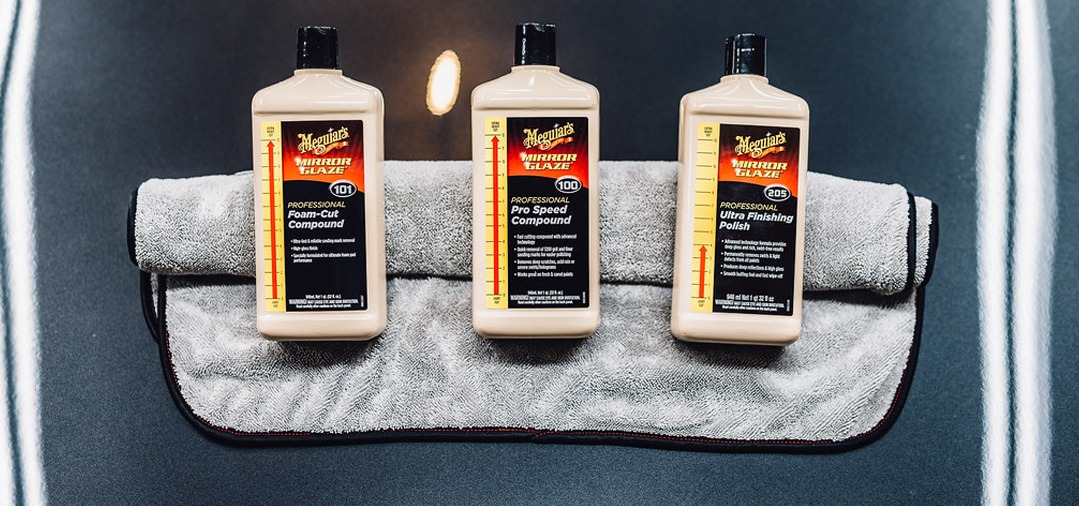
TEST's polishing pass
Test passes are an important part of the polishing process and correcting defects in a vehicle's paintwork.
Fortunately, there are many quite popular and easy to work with POLISH today. They work well in many cases and which when paired with the right PAD provide very good results.
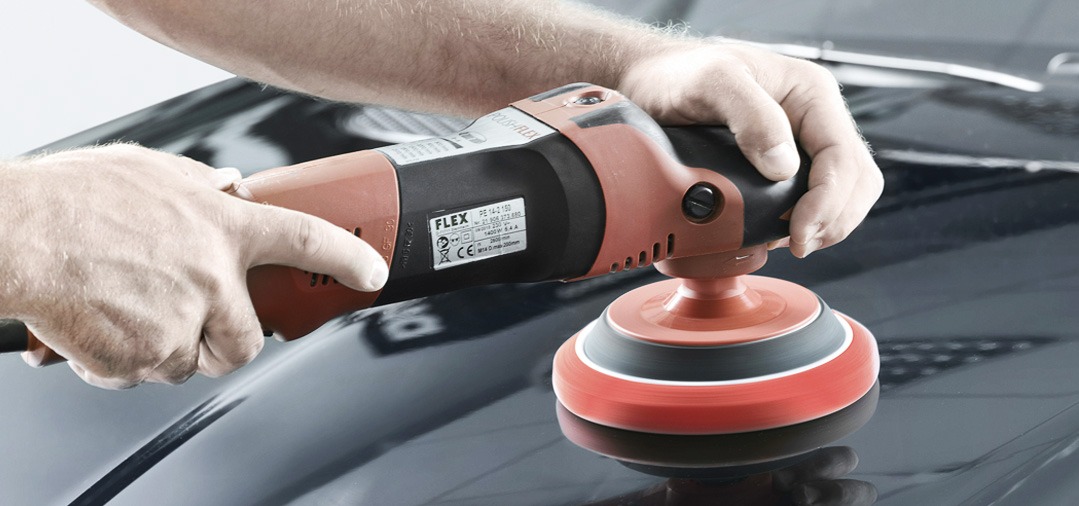
For your test phase and in order to find the right COMBO, the rule is simple: always start with a COMBO POLISH + PAD of basic polishing.
- Identify an area on the vehicle representing the general condition of the vehicle (in terms of fault)
- Choose a polishing combo (finishing polish or intensive polish) but do not start with a compound (very abrasive).
- Polish a defined area with a single pass
- Buff the area and use a cleaner to check the result.
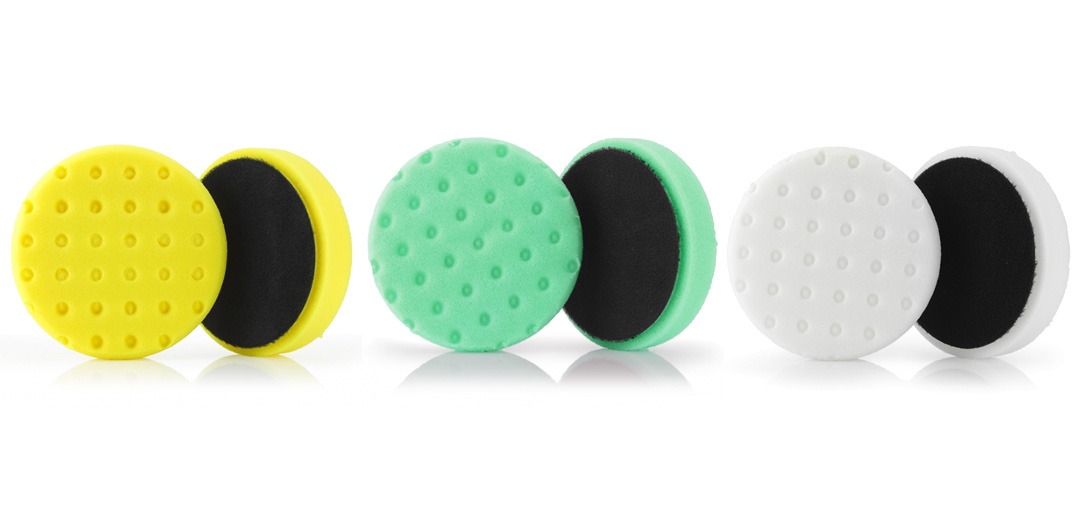
From there, you will be able to adjust the degree of polishing if necessary:
- either use a more abrasive combo if the defects are still very present
- either use a less abrasive combo if you realize that all the flaws are gone but you cut too much into the thickness
- either stay on this combo but work in 2 passes
You will then have found the right combo and will be able to work on the vehicle more easily. Finally, don't forget that when you make a correction, you always start with the most abrasive passes and finish with the finish.
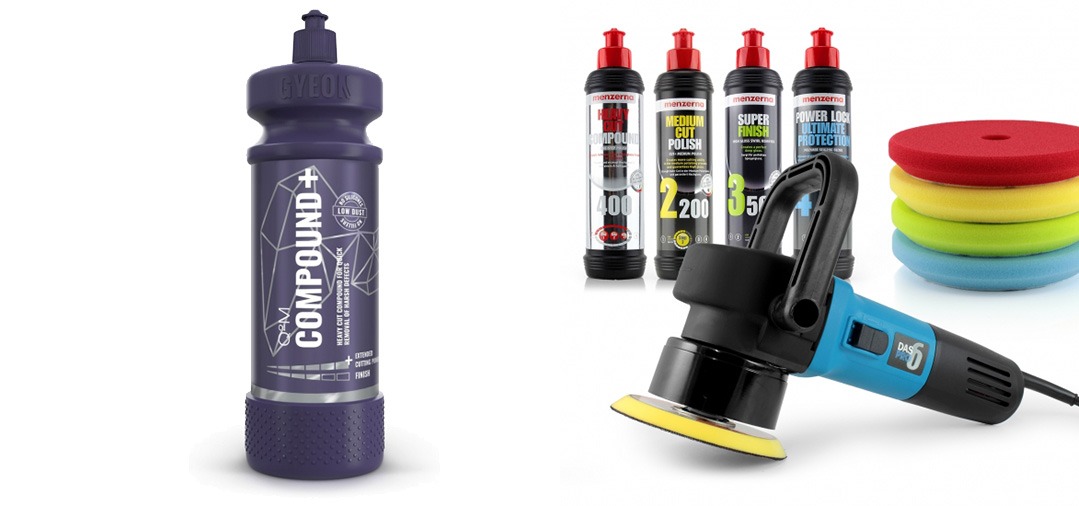
Should the PAD and POLISH Combo match?
One of the keys to proper polishing is being able to make the necessary changes to your POLISH, PADs, and technique to produce the results you are looking for.
During a correction pass, we use a combo POLISH and polishing PAD. This set must be consistent in order to provide an effective correction pass.
However, I am going to break a myth here since the rule which says: " We will therefore use an abrasive POLISH with an abrasive PAD, a finishing POLISH with a finishing PAD" remains extremely limiting and will certainly reduce your results.
Of course, you can stick to this rule perfectly and get very good results. But the advantage of having multiple types of PADS and multiple types of POLISH is that you can mix / combine to create even more options for you in terms of cutting and finishing capacity.
In the different ranges of the RUPES, MEGUIARS, GYEON, CARPRO, MENZERNA, LAKE COUNTRY brands, there are many PADS and POLISH. The choice of your combo is essential if you want to be effective and once again, you have to know how to test and innovate.
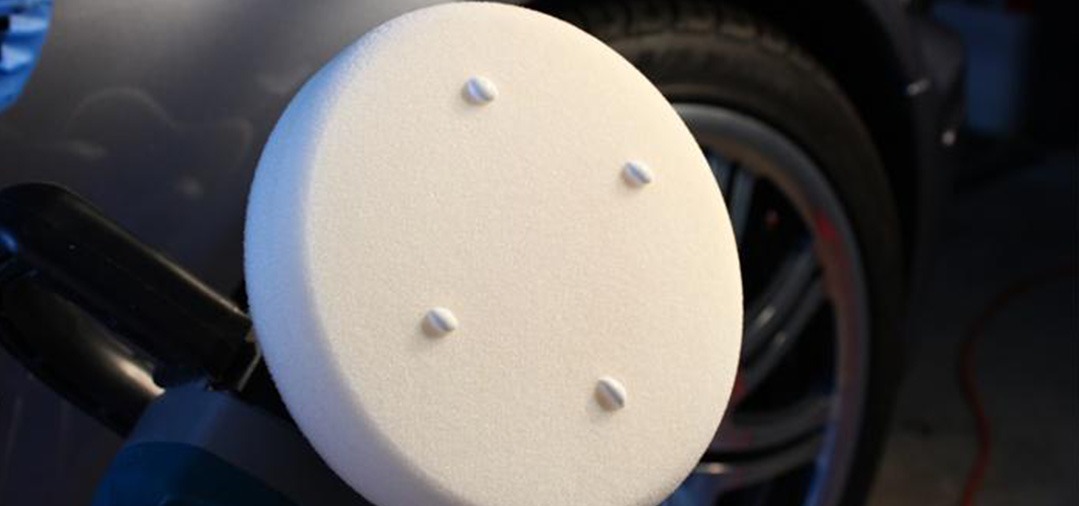
Consider for example the very popular POLISH MEGUIARS M105 and M205. M105 is known as a compound (abrasive polish), capable of removing fairly large and deep blemishes, and M205 is considered to be a finishing polish which can remove light blemishes and produce a nice glossy finish.
But what if I told you that the M205 (finishing polish) can be used as cutting POLISH (with a cutting PAD) and the M105 can be "tamed" for a softer polish (with a PAD of cutting). finish)? It is not a common practice.
In other words, by simply pairing the M205 with a more aggressive PAD, such as a LIGHT CUTTING PAD or even a MICROFIBER CUTTING PAD, you will increase the “cutting power” compared to using the M205 with a CUTTING PAD. Finishing pad. .
Likewise, if you were to use the M105 with a finishing pad, it would have a considerably smaller cut and generally a better finish than if it were used with a deep cutting pad (hard cutting).
It makes sense, doesn't it? Learning to experiment with what may seem like a non-traditional PAD & POLISH combination can yield great results… so don't be afraid to think outside the box!
Once you understand that there is no real right or wrong combination of pads, your polishing results will be all the better.
Niciun comentariu:
Trimiteți un comentariu